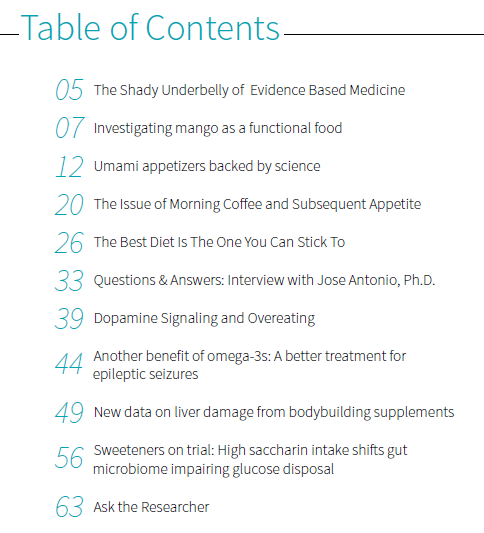I think it was a year or two ago when the term “thigh gap” was all the rage.
It seemed I couldn’t log onto any of my social media accounts or peruse the internet without being bombarded by the phrase. The premise was pretty dumb.
Women (not all of them mind you) were transfixed by the notion that a “healthy” or ideal body was dictated by the “gap” between her thighs. If you didn’t have it, you weren’t one of the cool kids. And you were an evil person with no friends.
Countless articles were written and many mind-numbingly, soul-crushing stories were shared on various media outlets describing, in detail, how to achieve this (what I’d like to call) unattainable (pointless?) look.
It set back female fitness 15 years. If not more.
Basically, if Susan B. Anthony were still alive today she would have Sparta kicked CNN, Fox News, The Today Show, YouTube, Tracy Anderson, and every editor of every fitness magazine or website who took this trend seriously.
And now it’s the guys turn.
Introducing “Dad Bod.”
I don’t know how it started or who started it….but it’s equally as annoying as thigh gap.
In short: apparently it’s now “in” to be average; or maybe a better term is “just there.” I guess women prefer non (overly) muscular dudes now.
*shrugs*
If I had to guess, though, it’s not that women prefer non-muscular dudes…they just prefer a guy who’s entire life doesn’t revolve around his training schedule, posting selfie picks from the gym locker room, and/or shitting a gluten free Paleo brick if he eats a brownie on the weekend.
Lets be honest: at the end of the day, what does all of this even mean? Some women prefer bald heads. Some women prefer hairy chests. Some women prefer dudes with abs, others not so much. I’m willing to bet there’s even some women out there who go bat-shit crazy for dudes with a third nipple.
None of it really matters in the end. People like what they like.
But who wants to venture a guess that the “Dad Bod” trend was started by some random guy who’s not remotely muscular; or maybe just really frustrated that he’s spent the past five years in the gym with little to show for his efforts?
It’s like me saying “hey, ladies, don’t mind that guy driving the Porsche. It’s allllllll about the Hyundai Elantra.”
In all seriousness, it’s all good in my book. I don’t care what society tells me is ideal, and I certainly don’t care what people find attractive or what makes them feel like the best version of themselves possible.
If a guy doesn’t want abs or pecs that can cut diamonds, who am I to judge?
Interestingly, it’s kind of eff’ed up that at one end of the spectrum (women) we’re told that the ideal body-type is this more or less unattainable thing that’s highly dictated by genetics and one’s own unique anatomy and anthropometry (and that maybe 1-2% of the population could achieve anyways); and at the other end (men) we’re told “eh, that’s good enough. You’re already there dude.”
Gotta love double-standards.
Putting things into perspective: you’re on a site who’s theme is “because heavy things won’t lift themselves,” so it’s safe to assume you’re someone who’s interested in muscle, looking good neked, and not being average.
My good buddy, Bryan Krahn, wrote an excellent post not too long ago on how to help guys with “Dad-Bod.” You can check it out HERE.
To reiterate my mindset towards the trend (and to steal a line from Bryan):
“For those who don’t know, a “Dad Bod” describes a guy whose body isn’t fat or thin, but somewhere in-between. Physically he’s just like, you know, whatever.
You might assume that I would rail against this movement, say that it’s lame or weak or unmanly.
On the contrary. I think it’s fine. Provided it’s how you want to be.”
There’s really nothing revolutionary with regards to the best approach to fixing “Dad Bod” if that’s something you’re interested in. Dial in your nutrition, don’t eat like an a-hole, train for both strength and hypertrophy, train hard and with intent, and be consistent.
Wash. Rinse. Repeat.
You’ll look like The Rock in no time flat. Or 15-20 years.
I find it’s the whole consistency factor that acts as the monkey-wrench for most trainees. We’re far too impatient and want results now, dammit!
If one’s consistent and puts in the work…almost always good things are bound to happen.
However, lets say you’re there.
You have abs, you have that vein running down the front of your bicep that many guys covet, and you have a posterior chain that would make any person weak in the knees.
But you’re still having a hard time taking things to the next level. You just can’t seem to shed those last 5-10 lbs of fat.
It’s here where things get a little more complicated. It’s at this point where paying attention to the more intricate, finer details – things like macronutrient breakdown, meal timing, hormones (leptin, ghrelin, growth hormone, testosterone, estrogen, cortisol), and varying training parameters enter the picture.
And here’s your answer, and something that will scissor kick “Dad Bod” in the face.
The OMEGA Body Blueprint
My good friend and ambassador to all things sexification and fat loss, John Romaniello, launched his latest project – The OMEGA Body Blueprint– last week. It’s the perfect answer to anyone looking to take their physique to the next echelon of “Dad Bod” pwnage.
Everything you need from both the training AND nutritional side of things is covered. And like I said: if there’s anyone I’d trust with body composition advice, it’s Roman.
The last day of the sale is TODAY,1 May 25th, so act quick before it ends.
Go HERE. You won’t be sorry.



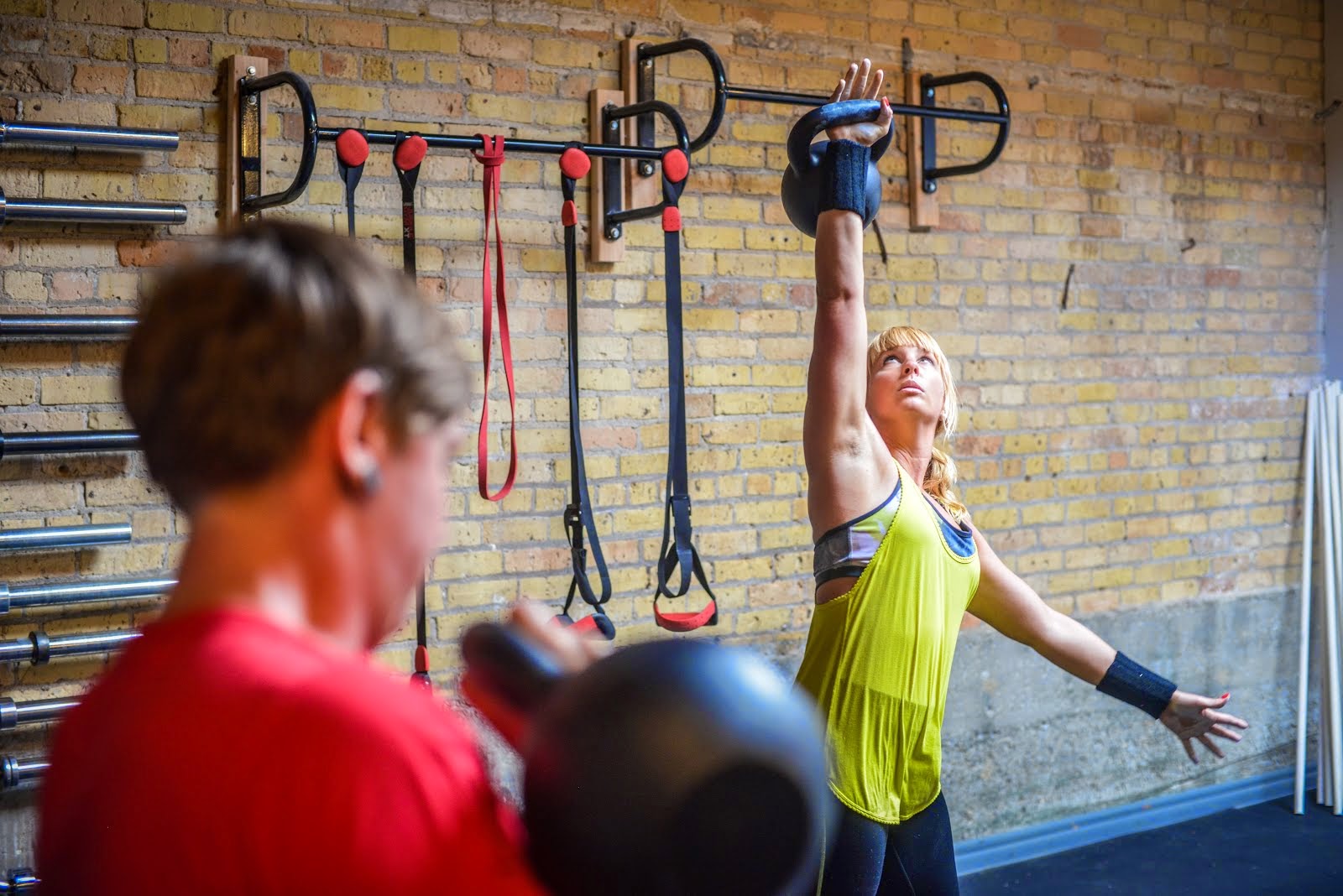.jpg)
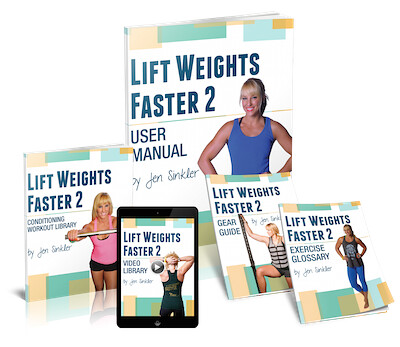
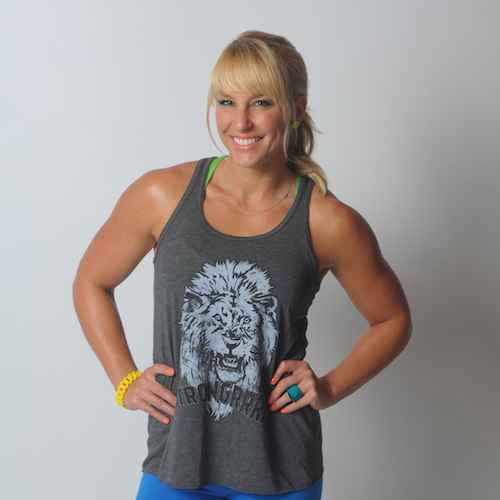
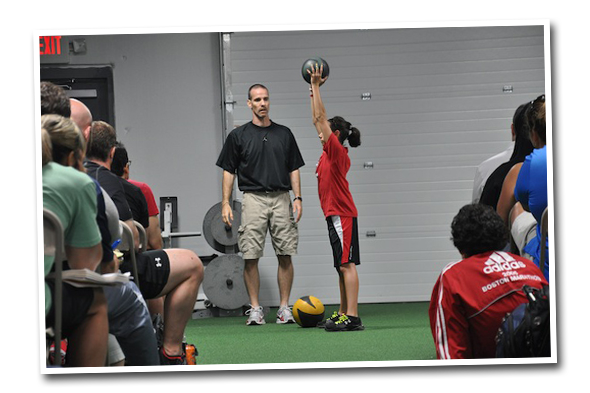
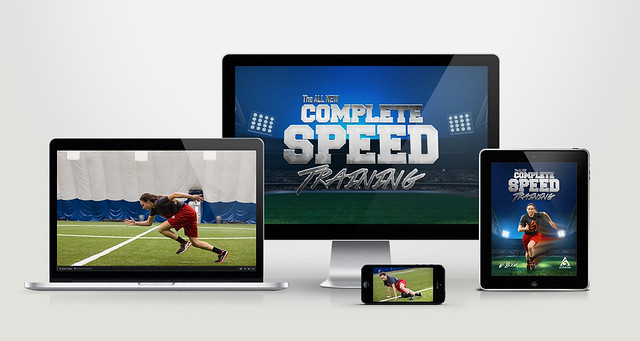

 It’s no secret I’m a big fan of the guys (and girls) over at Examine.com. They’re my GO TO source for unbiased information on supplementation. I can’t begin to tell you how many athletes and clients I’ve referred to them.
It’s no secret I’m a big fan of the guys (and girls) over at Examine.com. They’re my GO TO source for unbiased information on supplementation. I can’t begin to tell you how many athletes and clients I’ve referred to them.